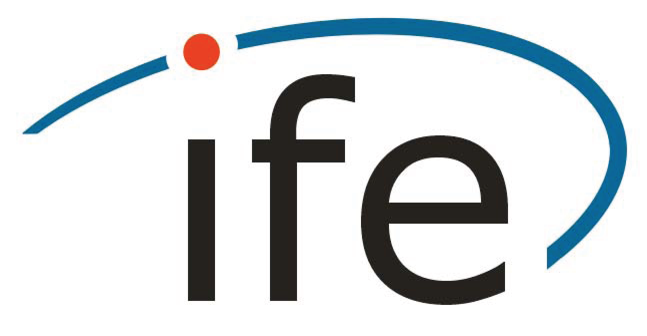Feasibility of CSAC-Assisted GNSS Receiver Fingerprinting
- authored by
- Qianwen Lin, Steffen Schön
- Abstract
Interference and jamming of Global Navigation Satellite System (GNSS) signals can induce inaccurate Position, Velocity and Time (PVT) information, resulting in crucial integrity and even security issues. The poor stability and accuracy of the GNSS receivers’ internal clocks, i.e. quartz oscillators, additionally impact the situation by hindering the detection of spoofing signals. High-precision atomic clocks are used to enhance PVT results, however, their bulk, weight and energy consumption constrain their deployment scenarios. Miniature atomic clocks (MAC) present a promising alternative that trades off between frequency stability and size/weight limitations of an atomic clock. This paper investigates the potential of chip-scale atomic clocks (CSAC) as external clocks of GNSS receivers for fingerprinting the receivers in both static and dynamic environments. Fingerprinting is characterized by the clock’s physical behavior expressed by Allan Deviation (ADEV) or Time Interval Error (TIE), both of which relate to the clocks’ frequency stability. Thus, unique receiver clock features serve as clock fingerprints. The optimal combinations of features are explored by three feature extraction methods. We gathered GNSS data in diverse scenarios, consisting of a four-day static experiment, a car and a flight experiment as well as the corresponding static experiment for comparison. Results indicate that CSAC-aided fingerprinting is feasible in static conditions, achieving an overall accuracy (OA) of 90% across the three methods. One of the three methods is proven effective to handle clock fingerprinting in dynamic conditions, but yielded a comparably lower OA than in static conditions.
- Organisation(s)
-
Institute of Geodesy
- Type
- Conference contribution
- Pages
- 93-100
- No. of pages
- 8
- Publication date
- 08.2023
- Publication status
- Published
- Peer reviewed
- Yes
- ASJC Scopus subject areas
- Computers in Earth Sciences, Geophysics
- Sustainable Development Goals
- SDG 7 - Affordable and Clean Energy
- Electronic version(s)
-
https://doi.org/10.1007/1345_2023_221 (Access:
Open)
-
Details in the research portal "Research@Leibniz University"




